Decorative Wall Molding and Trim Ideas to Elevate Your Space
Curious how to add moldings in your home? Here are the best ways to implement them in your interiors.
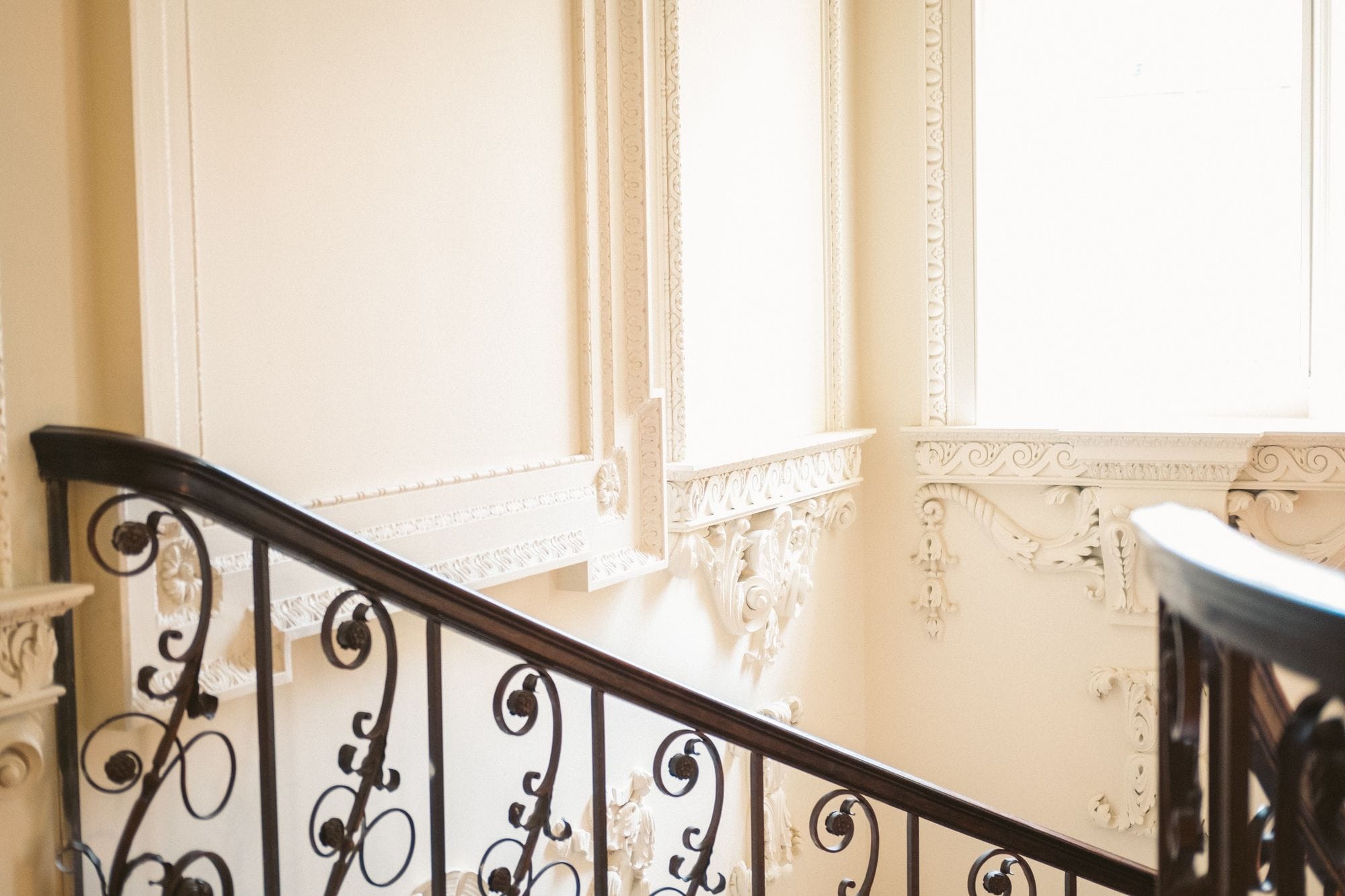
Like many other features, decorative wall moldings are making a comeback. We see more of these architectural elements in our contemporary interiors, from walls and ceilings to doors and wood panels. Moldings and trim can bring a touch of timeless elegance and personalize any room. From classic to modern styles, the possibilities are endless.
In this article, we explore the different ways to incorporate wood moldings and panels into your interior design. You will discover how these elements can transform your space and create a unique and warm ambiance.
KEY TAKEAWAYS
- Incorporating crown or wall moldings can instantly elevate your room's character by adding depth and elegance.
- Moldings come in various materials and styles, making them adaptable to classic and modern interiors.
- Beyond their decorative purpose, moldings can help hide imperfections or transitions between walls and ceilings, creating a polished look.
- Simple wall moldigns can be installed with basic tools for DIY enthusiasts, however, intricate designs may require professional assistance.
What are wall molding and how to use them
Wall moldings are decorative elements, often made of plaster or wood, that are applied to walls and ceilings. They come in many forms: cornices, friezes, baseboards, etc. Their primary function is aesthetic: they can embellish a room by creating plays of light and volume. But they can also have a practical role, such as hiding imperfections or structuring a space.
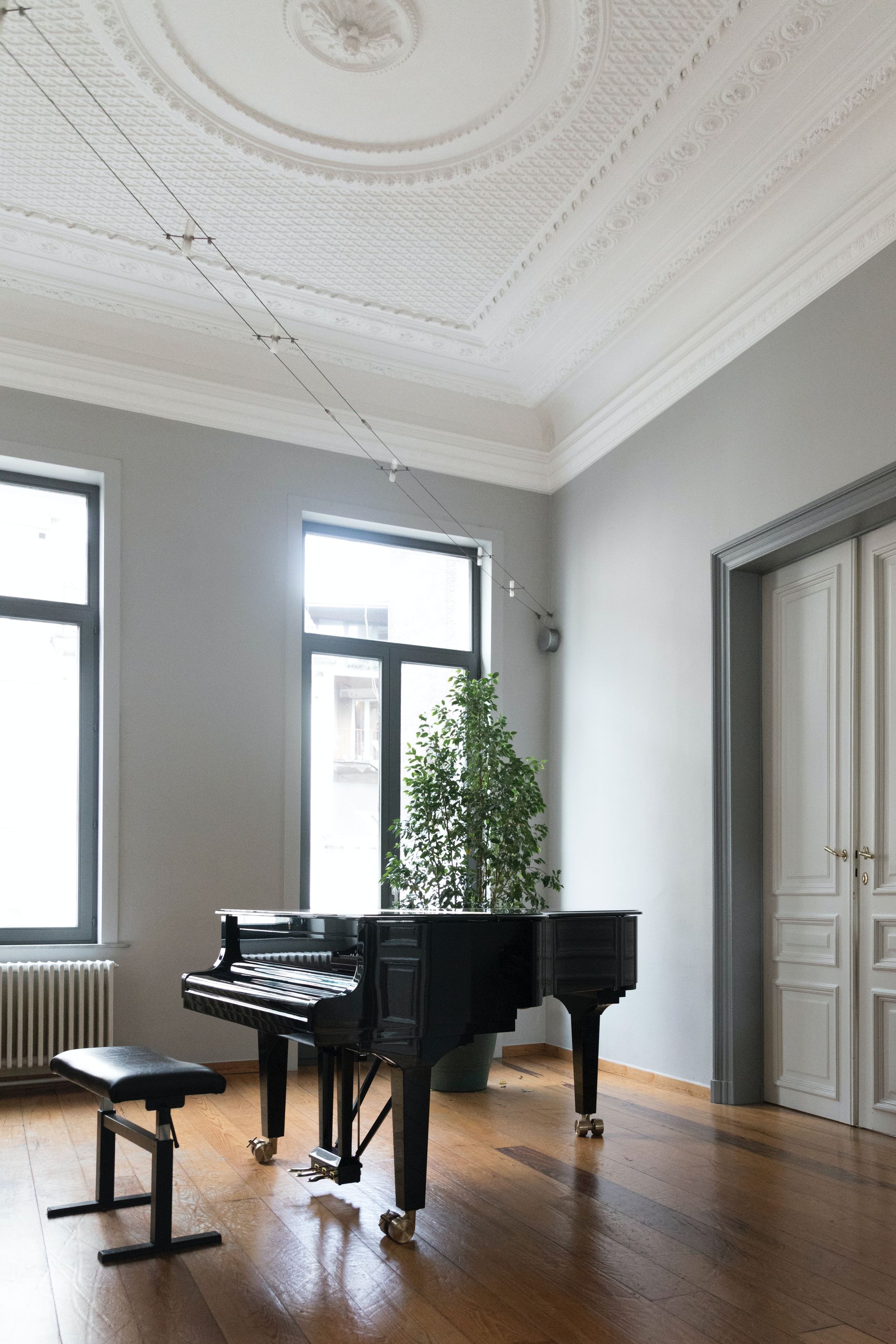
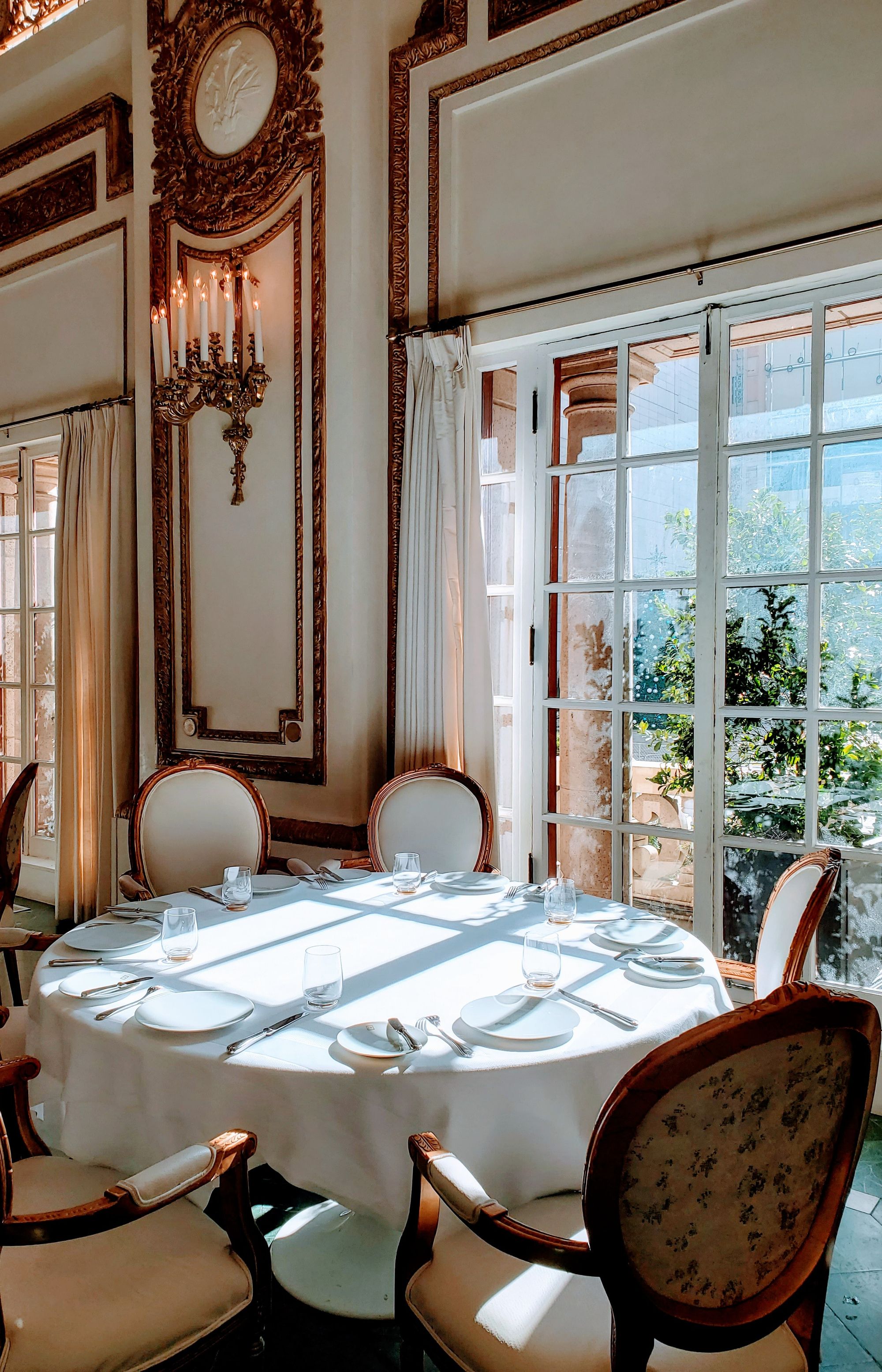
In their most traditional forms, decorative wall moldings have always been associated with noble or palatial architecture. Recently, however, we have seen them injecting refinement and character into more recent interiors.
Crown moldings on white walls
White is a perfect backdrop for crown molding. White crown molding on white walls creates a sense of depth and texture that has won over interior design enthusiasts. This timeless combination gives spaces a modern yet airy look.
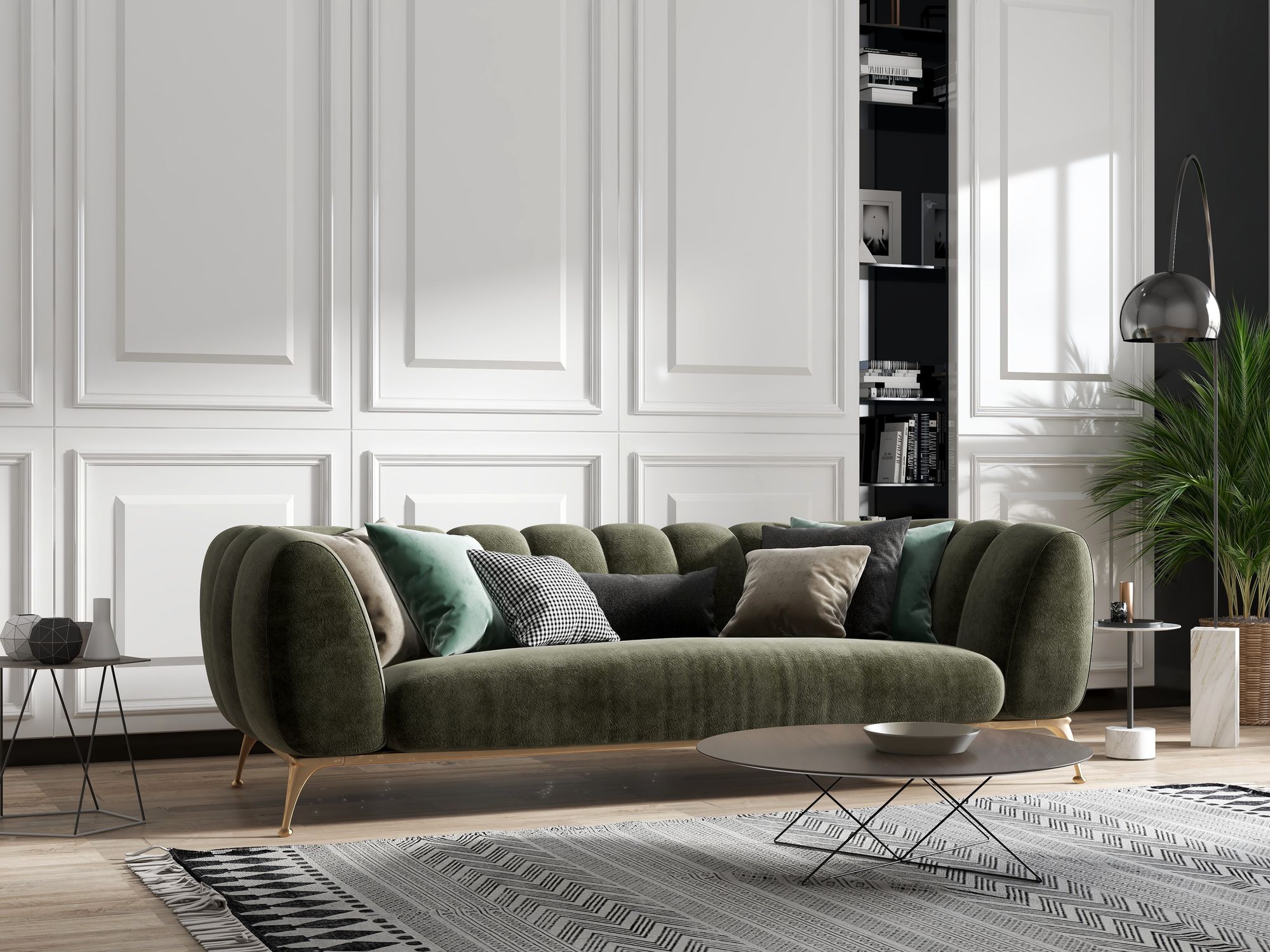
Dark walls with crown molding
Color is a complementary canvass for wall moldings. For those who want to bring a touch of personality to their interior, colored moldings are an ideal solution. Whether it's a single accent wall or a completely painted room, moldings, whether wood or plaster, structure the space and highlight the chosen shades.
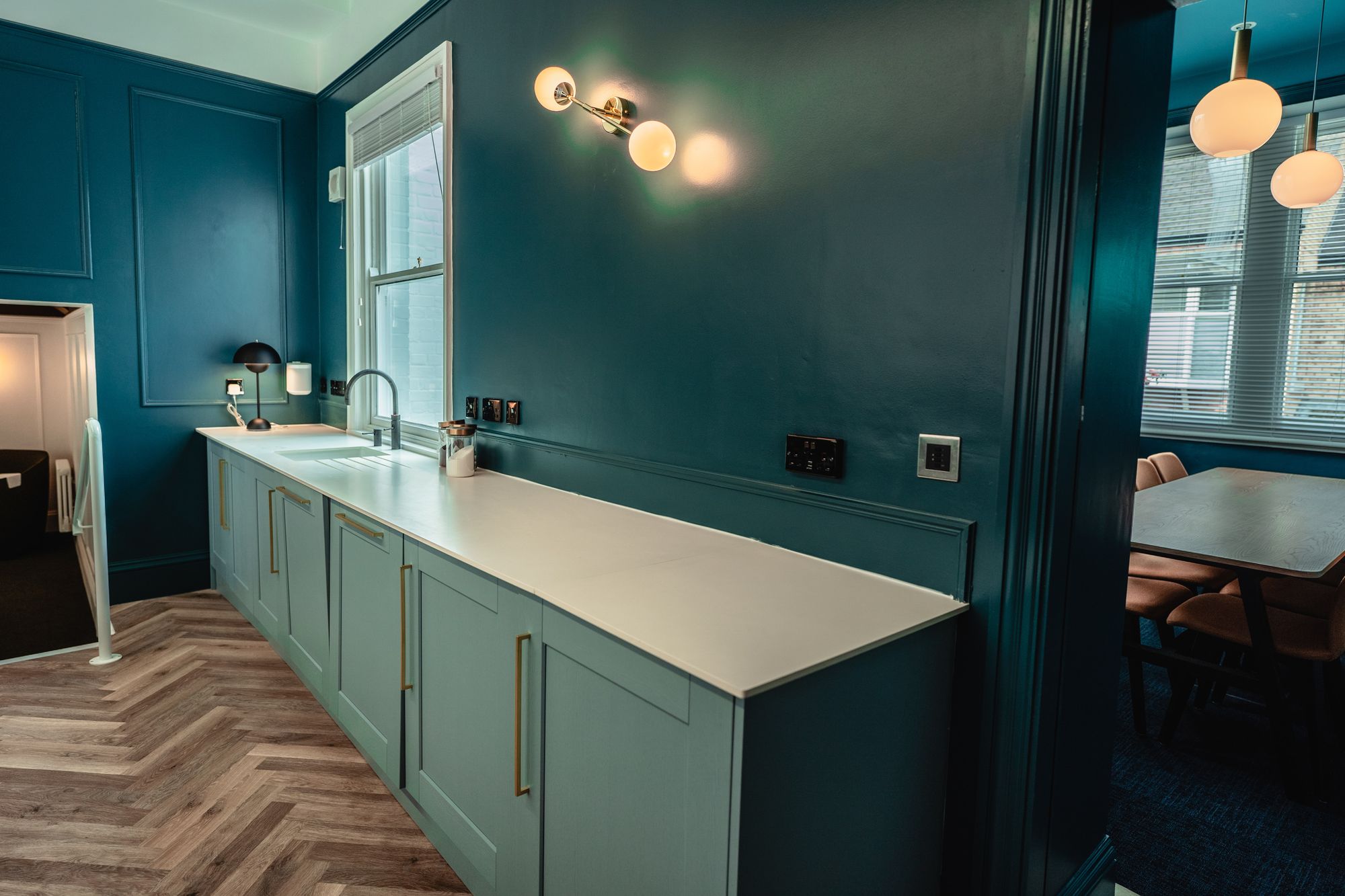
Dark tones, inspired by nature, such as different shades of green, navy blue and brown, have been seen in many interiors in recent years and will also be dominant in 2025. That is why, this year, dark surfaces loaded with wall panels or moldings will not be lacking.


Contrasting colors
Contrasts are all the rage in interior design. Far from boring, wall moldings can be adorned with bold colors to create striking visual effects. Whether it's deep black on immaculate white or forest green on a beige wall, the combinations are endless. These color plays add character and depth to any room.
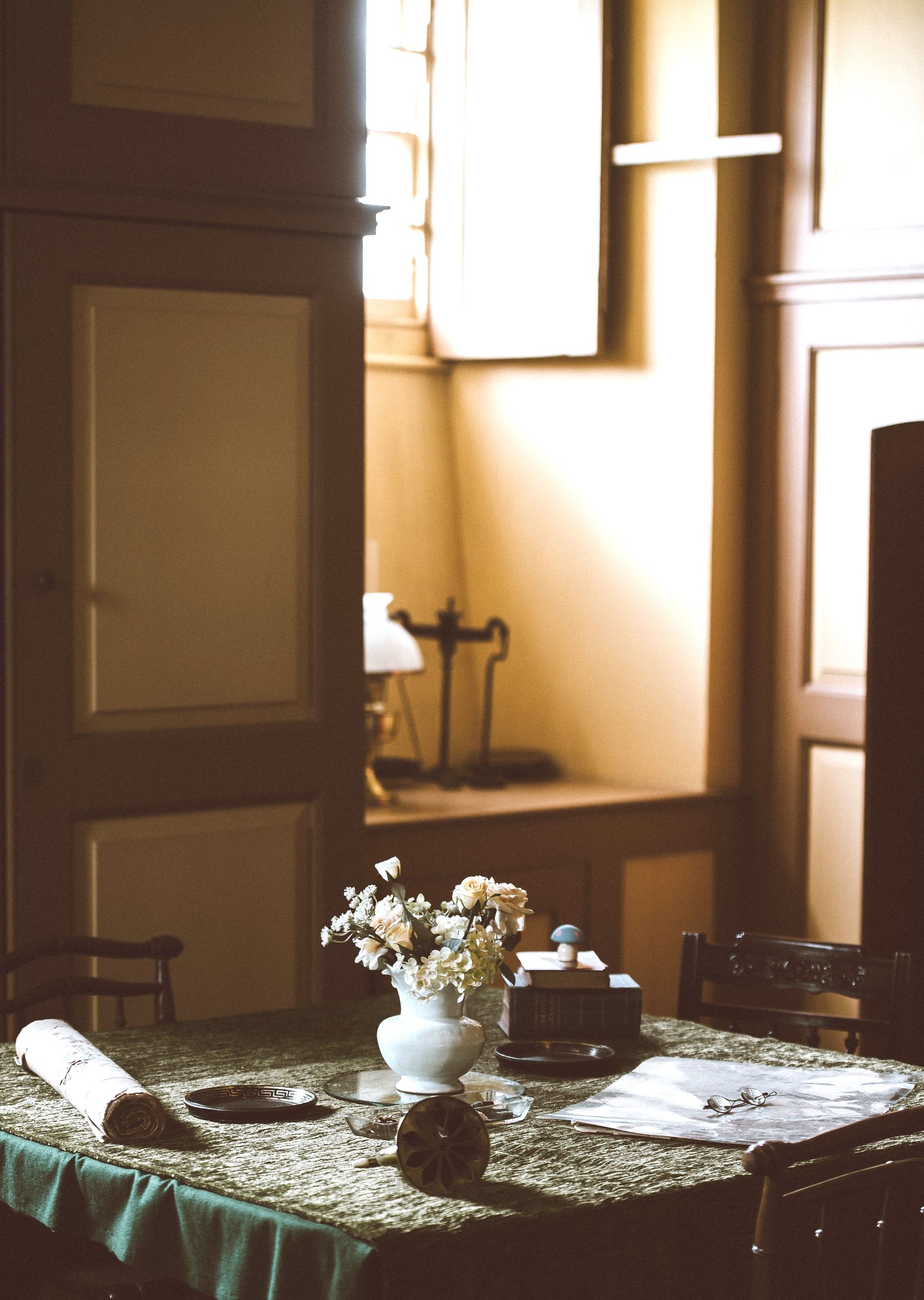
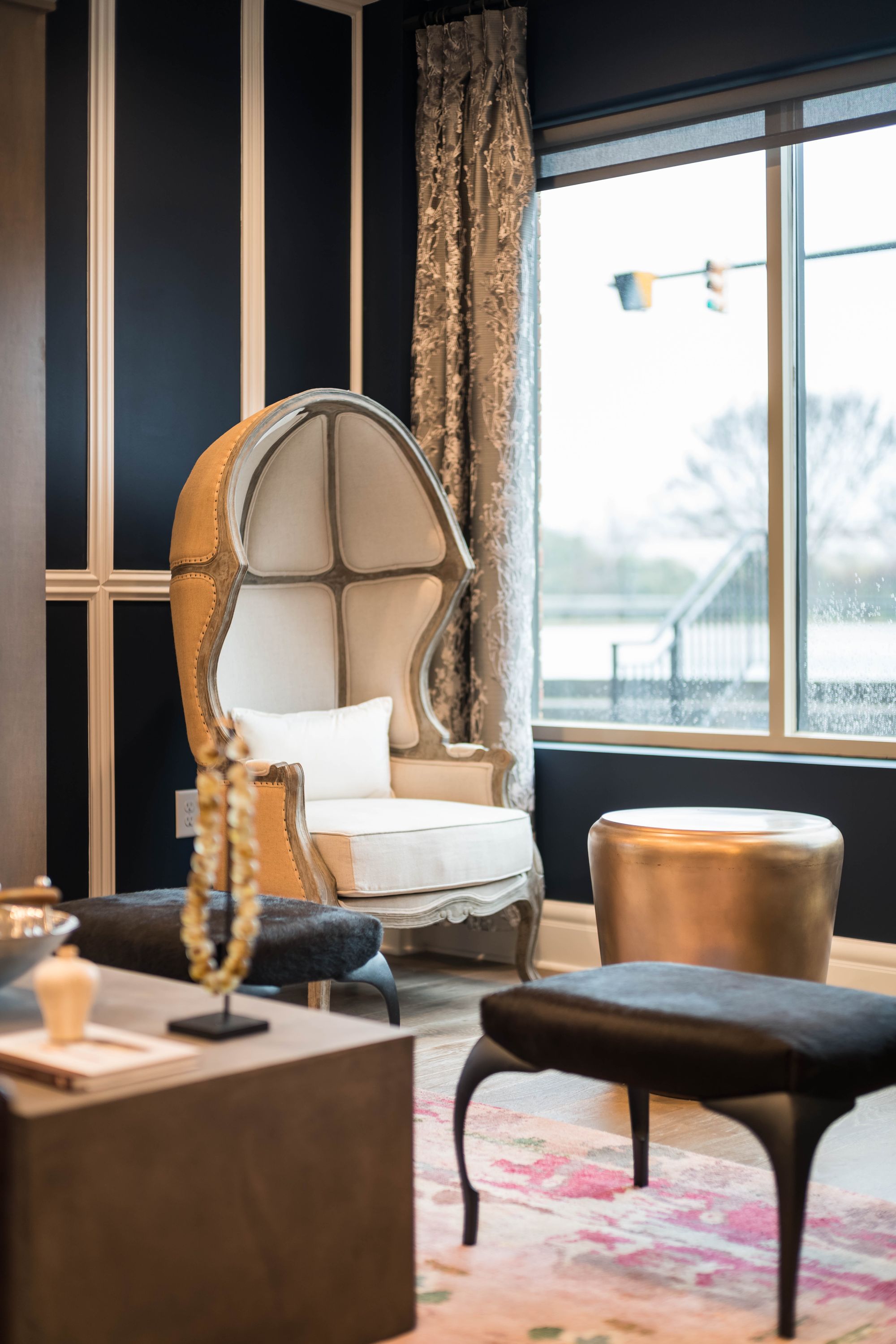
When choosing wall colors and decor, opt for different tones of the same chromatic family. For example, a light gray wall can be complemented with panels in darker tones, but always gray. Of course, the possibilities are endless. You can even incorporate black moldings on a white wall, or brown on a moss green wall, as a very powerful alternatives.
Wooden panels
Wood panels are the new must-haves in decoration. We are seeing a real return to natural materials and warm aesthetics. Wood panels, available in a multitude of shapes and finishes, allow you to create interiors that are both modern and timeless.
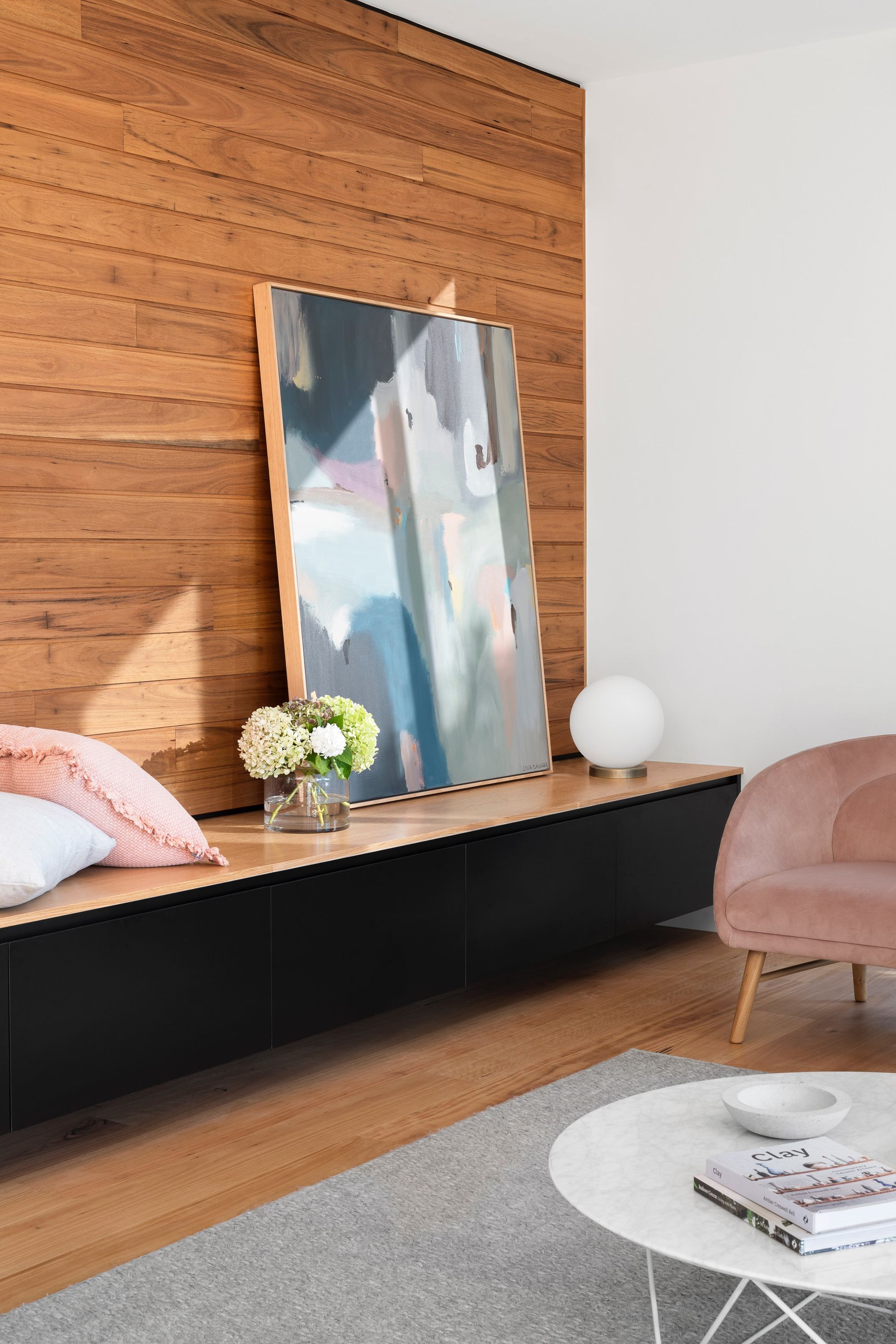
From geometric patterns to raw textures, the possibilities are endless. In addition, wooden panels can be used to structure the space and create cozy and enveloping atmospheres.
Define your space with wall molding
Wood panels not only beautify walls, they can also be used to design the space. By playing with colors, textures and shapes, it is possible to create distinct areas within the same room. For example, a wood panel in a contrasting color can demarcate a study area or a dining area.
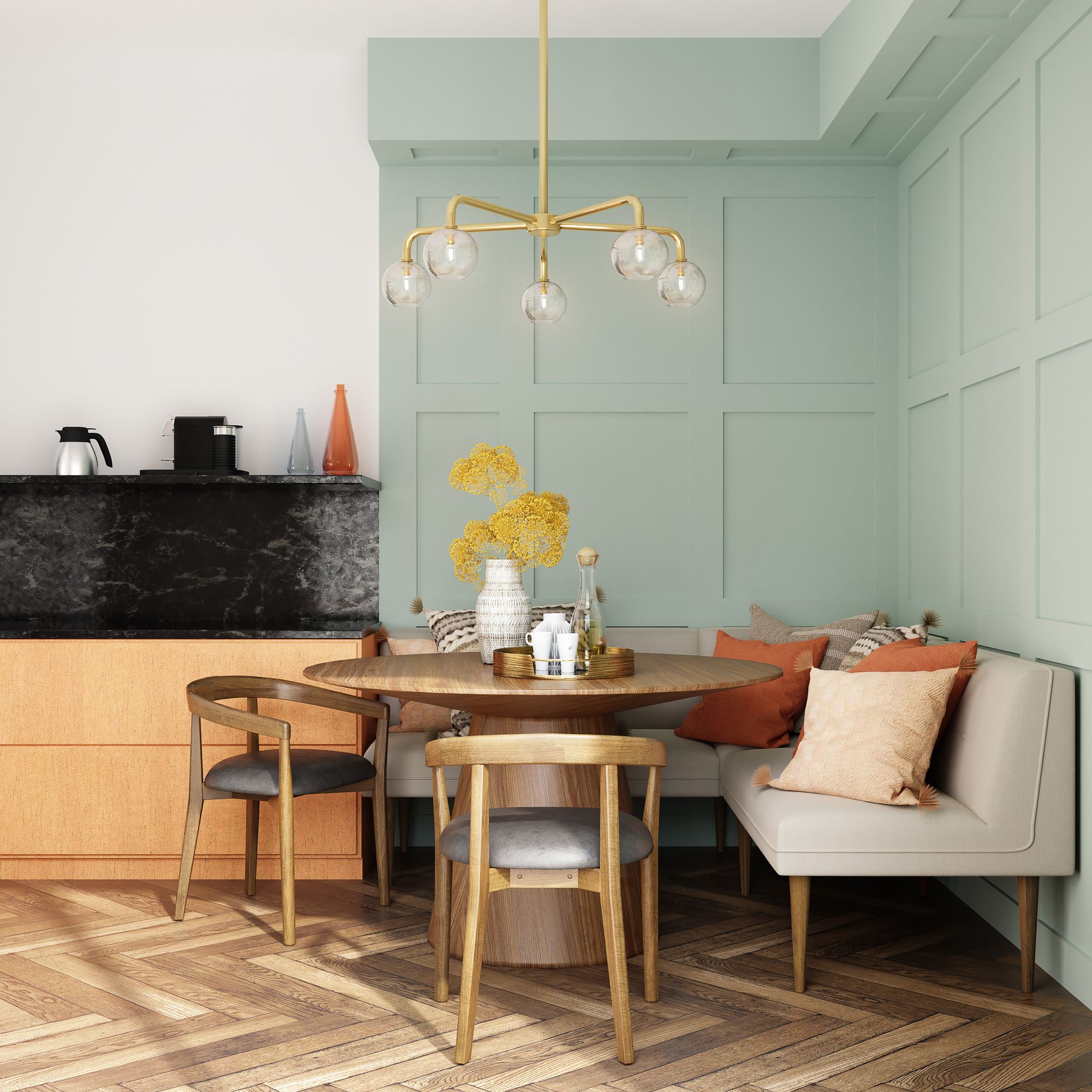
New patterns and designs
Moldings and wall panels are reinventing themselves. Gone are the classic patterns, making way for clean lines and geometric shapes. Smooth stripes, bold diagonals and minimalist patterns are breathing a breath of fresh air into our interiors.
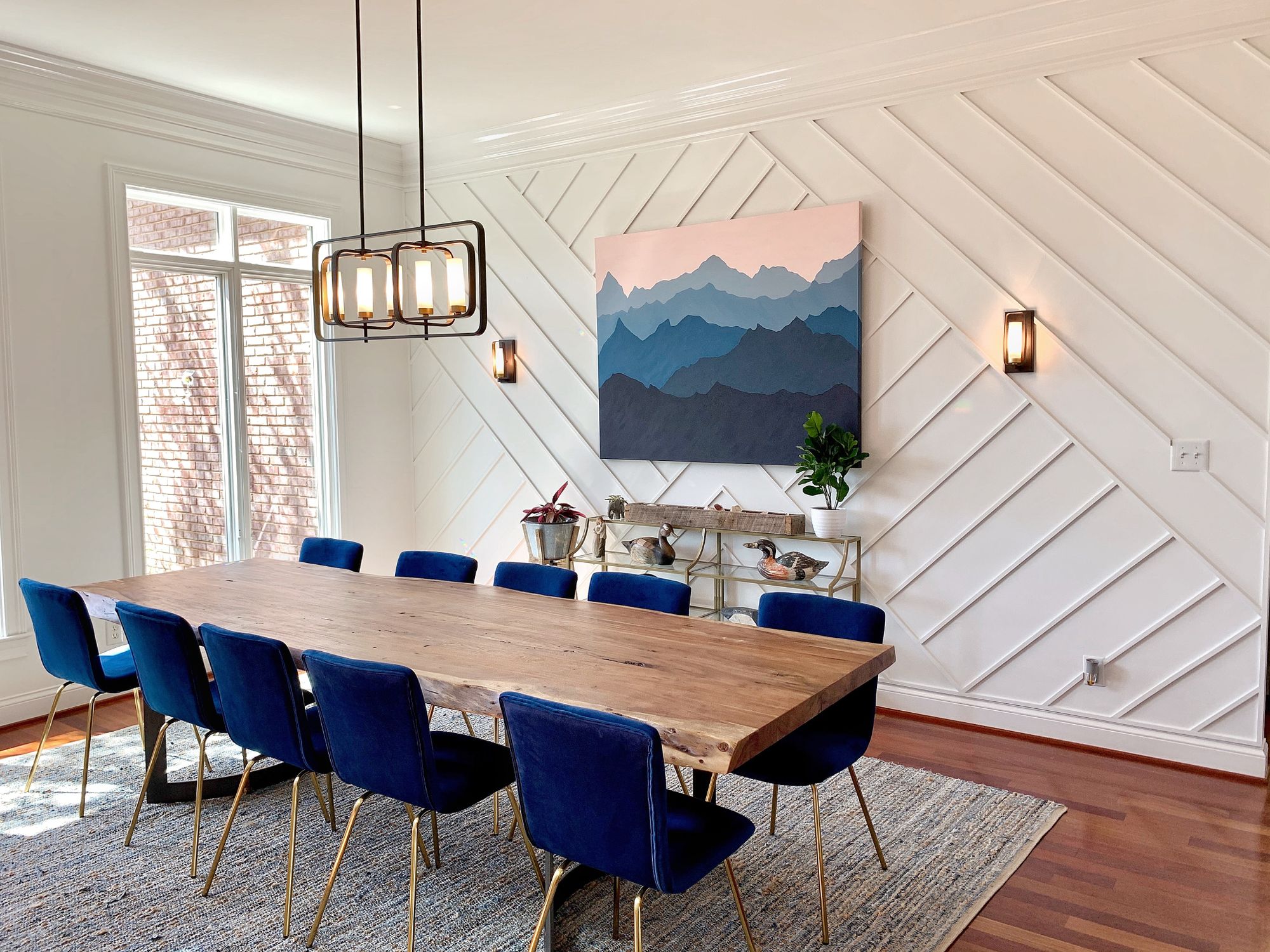
Conclusion
As you can see, wall moldings and wall panels are a great way to personalize your space. They offer an infinite number of creative possibilities and adapt to all styles that will elevate your space. The questions is, which one will you choose?
FAQ
What are the advantages of wall panels over wallpaper?
Wall panels offer superior durability and greater impact resistance. They are also easier to clean and can hide wall imperfections. In addition, their often thicker appearance gives them an interesting visual relief.
How to install wall panels?
The installation of wall panels depends on the type of panel chosen. Generally, they are installed using a special glue or screws. It is advisable to carefully prepare the wall before installation by cleaning and smoothing it.
Which rooms are best for wall panels?
Wall panels can be used in any room of a house: living room, bedroom, kitchen, bathroom. Their resistance to humidity makes them an ideal choice for wet rooms. The choice of material and pattern will depend on the atmosphere you want to create.
